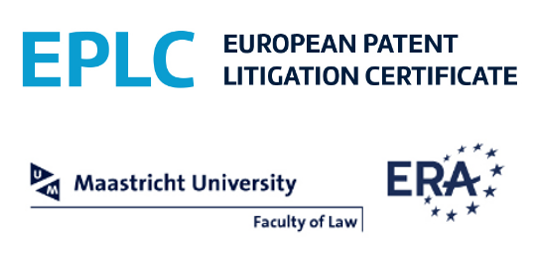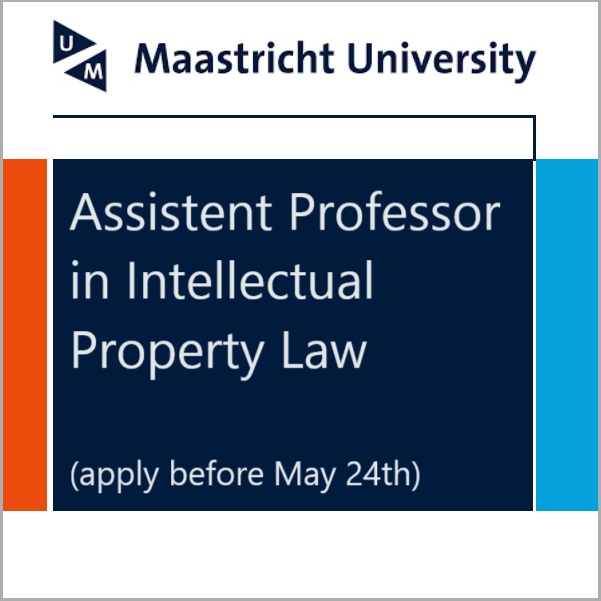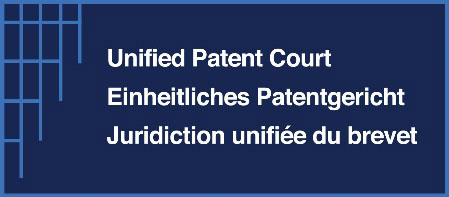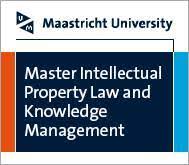Article 138
Print this page1. Subject to Article 139, a European patent may be revoked with effect for a Contracting State only on the grounds that:
a) the subject-matter of the European patent is not patentable under Articles 52 to 57;
b) the European patent does not disclose the invention in a manner sufficiently clear and complete for it to be carried out by a person skilled in the art;
c) the subject-matter of the European patent extends beyond the content of the application as filed or, if the patent was granted on a divisional application or on a new application filed under Article 61, beyond the content of the earlier application as filed;
d) the protection conferred by the European patent has been extended; or
e) the proprietor of the European patent is not entitled under Article 60, paragraph 1.
2. If the grounds for revocation affect the European patent only in part, the patent shall be limited by a corresponding amendment of the claims and revoked in part.
3. In proceedings before the competent court or authority relating to the validity of the European patent, the proprietor of the patent shall have the right to limit the patent by amending the claims. The patent as thus limited shall form the basis for the proceedings.

















